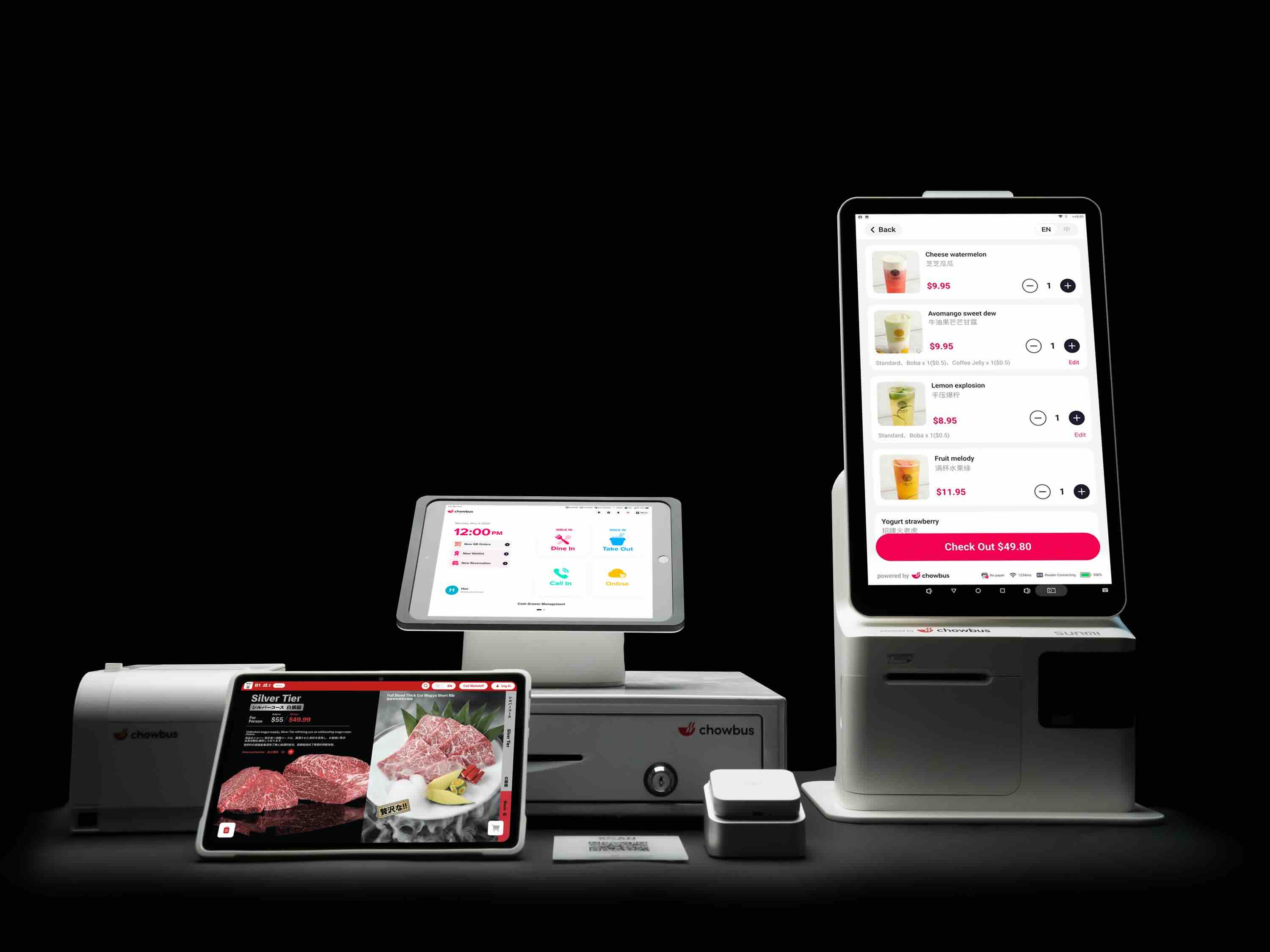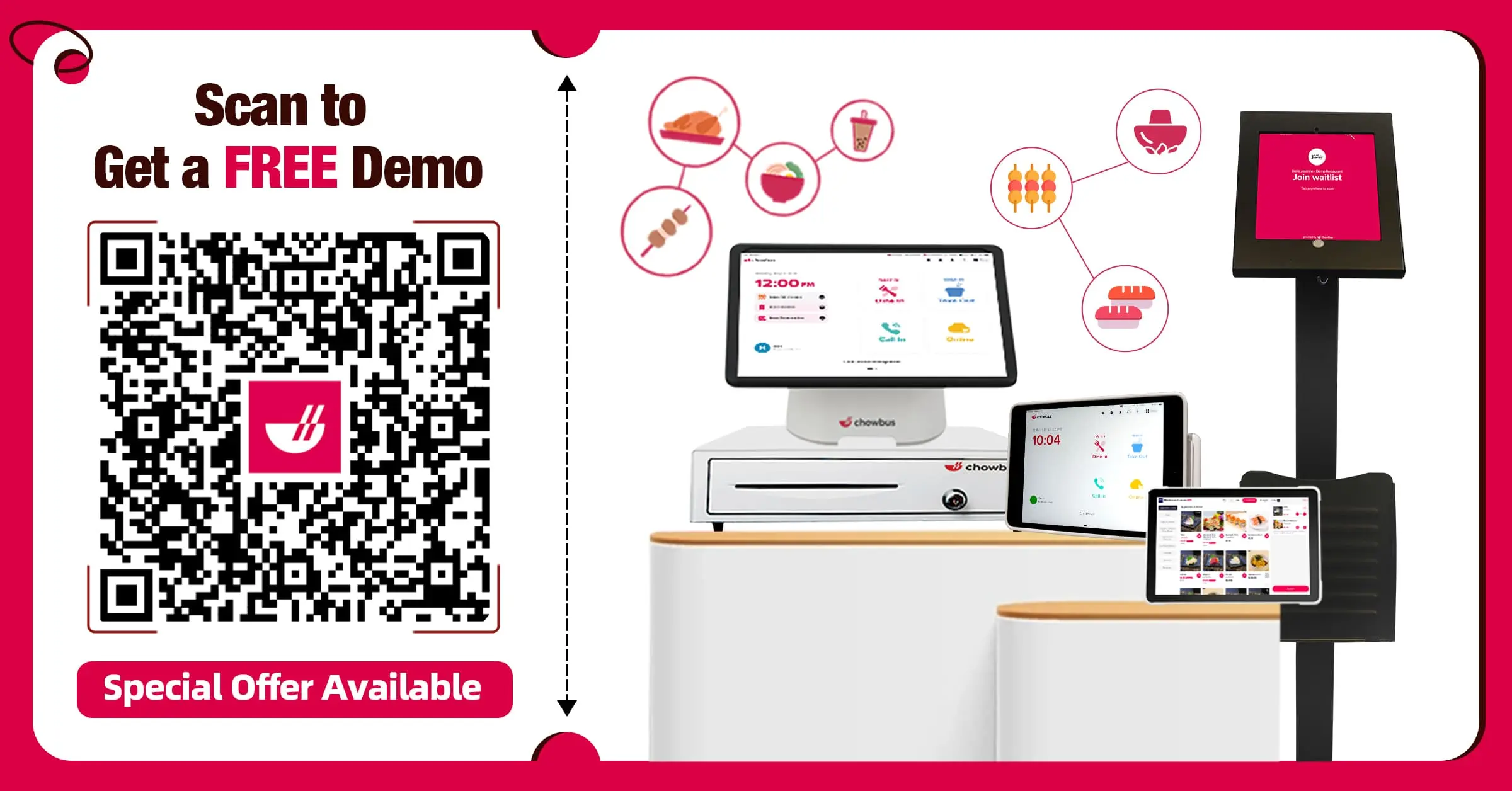Restaurant Failure Rate: What Percent of Restaurants Fail?

Running a restaurant is exciting, but it comes with challenges that can quickly turn success into struggle. The fear of failure looms over many owners, especially with so much conflicting information about the restaurant failure rate. Some claim that most restaurants shut down within a year, but what percent of restaurants fail in reality? The truth may surprise you.
This post uncovers the actual statistics behind restaurant closures and, more importantly, the reasons behind them. From pricing mistakes to operational missteps, many failures stem from preventable issues. The good news? With the right strategies, you can avoid common pitfalls and increase your chances of long-term success.
Keep reading to learn what drives restaurants out of business and how you can protect yours from becoming another statistic.

What Percent of Restaurants Fail?
Many sources claim that most restaurants fail within their first year, but the actual numbers tell a different story. According to research from the U.S. Bureau of Labor Statistics and a study conducted by Tian Luo and Philip Stark of the University of California, Berkeley, about 17% of restaurants close within their first year. This figure is lower than the failure rate of many other service-based businesses.
Looking beyond the first year, about 30% of restaurants close within three years, and approximately 50% shut down within five years. While these numbers reflect challenges in the industry, they also show that half of restaurants succeed beyond the five-year mark.
Compared to other small businesses, the survival rate for restaurants is similar to that of other industries. Many closures result from operational missteps, financial mismanagement, poor marketing, or failure to adapt to consumer preferences. Restaurants that track performance, refine their strategies, and leverage technology to streamline operations have a much higher chance of long-term success.
The key takeaway? Most restaurants do not fail as quickly as myths suggest. The ones that survive and grow focus on efficiency, customer experience, and smart financial decisions.
Why Do Restaurants Fail?
Some closures happen due to unexpected circumstances, but many failures result from avoidable mistakes. Recognizing these issues early can help keep a restaurant profitable.
1. Poor Location
A restaurant’s location can determine its success. If a spot has low foot traffic, limited parking, or poor visibility, attracting customers becomes difficult. High rent in an area with insufficient demand can also drain profits. Choosing a location should involve research into customer demographics, competitor presence, and accessibility.
2. Lack of Experience
Running a restaurant requires more than a passion for food. Owners who lack experience in restaurant management or business operations often struggle with budgeting, staffing, and customer service. Without a strong grasp of daily logistics, costs can spiral, service can suffer, and profitability can decline.
3. High Operating Costs
Food, labor, and overhead expenses can quickly eat into revenue. Without a plan to control costs, restaurants may struggle to stay afloat. Buying ingredients inefficiently, overstaffing, or paying too much for rent can lead to financial strain. Tracking expenses closely and making cost-effective decisions keeps margins healthy.
4. Pricing Mistakes
Menu pricing impacts both profitability and customer perception. If prices are too high, diners may not return. If they’re too low, profit margins shrink. Restaurants that don’t analyze food costs and adjust prices accordingly often face financial shortfalls. Strategic menu pricing and portion control help balance quality with revenue.
5. Weak Marketing and Branding
A great restaurant can fail if people don’t know it exists. Relying on word of mouth isn’t enough. An effective marketing strategy should include social media, local promotions, and loyalty programs. Restaurants that don’t actively promote their offerings often struggle to attract and retain customers.
6. Disorganized Operations
Lack of clear procedures can lead to delays, inconsistent service, and frustrated staff. If employees don’t have clear roles or proper training, efficiency drops, and customer experience suffers. A well-structured team with clear guidelines and leadership helps maintain smooth daily operations.
7. Resistance to Change
Restaurants that refuse to adapt often lose customers to competitors that do. Consumer habits shift, and businesses that don’t adjust their offerings or service models risk falling behind. Restaurants that embrace technology, offer online ordering, or refine their menus based on customer preferences tend to perform better in the long term.
Avoiding these pitfalls starts with awareness and planning. Identifying weak spots early allows for adjustments before problems grow.
What Affects Restaurant Failure Rates?
Failure rates vary based on several factors:
Location: High-rent districts or low-traffic areas make it harder to generate consistent revenue.
Restaurant Type: Quick-service restaurants often have lower failure rates than fine dining, which relies heavily on high check averages and consistent guest traffic.
Economic Conditions: Inflation, labor costs, and supply chain issues impact profitability. Restaurants that adjust pricing and operations accordingly tend to perform better.
Competition: Opening in a saturated market makes it harder to stand out and attract a loyal customer base.
Adaptability: Restaurants that embrace technology, streamline operations, and engage customers online often sustain growth longer than those that resist change.
A high failure rate isn’t inevitable. With smart planning, cost control, and effective marketing, a restaurant can survive beyond the critical early years.
Signs of a Failing Restaurant
Certain warning signs signal deeper problems in a restaurant. Recognizing them early makes it easier to fix issues before they become unmanageable. Here are key indicators that a restaurant may be struggling:
1. High Employee Turnover
If you're constantly hiring, it might be a sign that your staff isn't sticking around due to dissatisfaction or lack of proper training. High turnover not only disrupts the flow of service but often increases operational costs significantly. It’s important to identify the causes—whether they're wage issues, working conditions, or the absence of growth opportunities—and address them swiftly.
2. Declining Food Quality
When your kitchen staff feels rushed and underappreciated, the quality of the dishes you serve can start to drop. If you notice that the food going out isn't up to your usual standards, it could be time to reassess your kitchen management and staff workload. Cutting corners to save time or reduce costs can backfire, leading to unhappy customers and, ultimately, fewer of them.
3. Dwindling Sales
A noticeable decrease in diners can be alarming. Empty tables and a decline in reservations are clear indicators that something’s off. Whether it's the food, service, ambiance, or perhaps all three, it’s critical to pinpoint the problem areas and correct them. Often, a drop in sales is a lagging indicator, suggesting the need for a prompt strategy adjustment.
4. Customer Complaints
An increase in negative feedback, especially on highly visible platforms like social media or review sites, can quickly harm your restaurant’s reputation. Pay close attention to what your customers are saying, and take their complaints seriously. Addressing these issues effectively can turn dissatisfied diners into loyal patrons and prevent potential customers from being swayed by bad reviews.
Each of these signs can signal trouble for any restaurant, but recognizing and addressing them promptly can help turn things around. Consider implementing solutions that streamline operations and improve staff communication, such as a modern POS system, to keep your business on track.
How to Prevent/Avoid Restaurant Failure
To navigate the complexities of the restaurant industry and reduce the risk of failure, it's essential to employ strategic measures that encompass market research, branding, cost control, technology, customer relations, staff management, and adaptability. Here's a breakdown of effective strategies to keep your restaurant thriving:
1. Conduct Comprehensive Market Research
Start by identifying gaps in your local market to ensure your menu meets the demands of your area. Dive into the demographics and check out what your competitors are doing so you can carve out a niche that sets you apart.
2. Create a Strong, Focused Concept & Brand
Your restaurant's concept and brand should resonate clearly with your target audience. From the design of your menu to the ambiance of your dining space, every element should reflect a cohesive and compelling narrative that distinguishes you from the competition.
3. Optimize Costs & Pricing
Smart menu engineering and psychological pricing not only enhance the perceived value of your dishes but also ensure profitability. By carefully balancing cost and customer satisfaction, you can minimize waste and maximize returns.
4. Invest in Technology & Automation
Modern POS systems streamline daily operations, making it easier to manage orders and track sales. By integrating advanced technologies like online ordering systems, self-ordering kiosks, tablet ordering, QR code ordering, and automated reporting tools, you can significantly reduce manual labor and cut down on errors.
5. Build a Loyal Customer Base
Use every tool at your disposal—from email marketing to social media—to keep your restaurant in the minds of your customers. Implement loyalty programs and actively seek feedback to continuously refine your offerings and customer service.
6. Focus on Staff Management & Training
Invest in your staff by providing comprehensive training and clear guidelines. A well-supported team enhances service quality and contributes to a positive workplace atmosphere, fostering growth and reducing turnover.
7. Stay Adaptable
The restaurant market is always evolving, so staying flexible and responsive to new trends and customer feedback is key. Regularly update your menu and services to meet changing preferences and maintain a competitive edge.
By implementing these strategies, you can effectively manage risks and set the stage for sustained success in the restaurant industry.
Conclusion
Understanding the true restaurant failure rate and the reasons behind why restaurants fail provides invaluable insights into navigating the often-challenging food service sector. By acknowledging the pitfalls that lead to a high percentage of closures and implementing robust strategies, you can significantly enhance your restaurant’s prospects for long-term success. Adopting the right tools and technologies plays a critical role in achieving operational efficiency and ensuring your establishment remains competitive and profitable.
Is your restaurant equipped to thrive in a challenging market?
At Chowbus, we offer an all-in-one restaurant POS solution designed to optimize your operational efficiency and boost your revenue. With features that streamline daily operations and provide critical business insights, our technology helps you avoid common pitfalls that lead to restaurant failure.
Don’t wait for symptoms of failure to appear. Take proactive steps to secure your restaurant’s future. Book a free demo or consultation with Chowbus POS today and start transforming your restaurant’s potential into performance!

Frequently Asked Questions About Restaurant Failure Rate
Explore these frequently asked questions to clarify the realities of restaurant failure rates and discover practical advice to improve your business’s longevity and success. This section aims to dispel common myths and provide you with actionable insights to navigate the restaurant industry's challenges.
Do 90% of Restaurants Fail?
No, the widely cited statistic that 90% of restaurants fail within their first year is a myth. While the restaurant business is challenging, studies suggest the failure rate is closer to 60% within the first three years, and even that number is debated. Many factors contribute to restaurant closures, but the vast majority don't fail within the first year.
What Percent of Restaurants Fail in 10 Years?
According to Owner.com, which references U.S. Bureau of Labor Statistics data, about 65.4% of restaurants close within 10 years, leaving a survival rate of 34.6%.
What is the Biggest Threat to the Restaurant?
Several factors threaten restaurant success, but arguably, rising operating costs coupled with fluctuating customer traffic pose the most significant challenge. These pressures squeeze profit margins, making it difficult to remain competitive and sustainable long-term.
What is the Most Common Mistake that Restaurants Make?
One of the most common mistakes restaurants make is neglecting their online presence. Many fail to maintain updated and accurate online information, such as menus, hours, and contact details, which can frustrate potential customers and diminish search engine visibility. Additionally, not engaging with customer reviews or having a poorly designed website can also negatively impact their reputation and search rankings.
What is the Average Lifespan of a Restaurant in the US?
The average lifespan of a restaurant in the US is typically around 4.5 years. According to a study published on ResearchGate titled "Only the Bad Die Young: Restaurant Mortality in the Western US," smaller restaurants tend to have shorter lifespans compared to their larger counterparts. This research highlights the challenges and variability in longevity within the restaurant industry.

Access the Webinar Recording: How Chubby Group Scaled to $300M with Smart Strategies
Want to reduce your restaurant failure risk and drive long-term success? Learn from industry leaders who have done it.
In this exclusive webinar recording, Chubby Group shares how they grew into a $300M empire with the help of Chowbus POS technology. Discover the key strategies behind their success, from scalable operations to digital loyalty programs and modular restaurant design—all designed to boost efficiency and profitability.Register now for instant access to the webinar.
Register now for instant access to the webinar!

DISCLAIMER: The information provided in this blog is for general informational purposes only and is not intended as financial, legal, or business advice. While we strive for accuracy, restaurant success and failure rates can vary based on numerous factors, including location, management, and market conditions. Always conduct your own research and consult with industry professionals before making business decisions.
Recommended Articles: